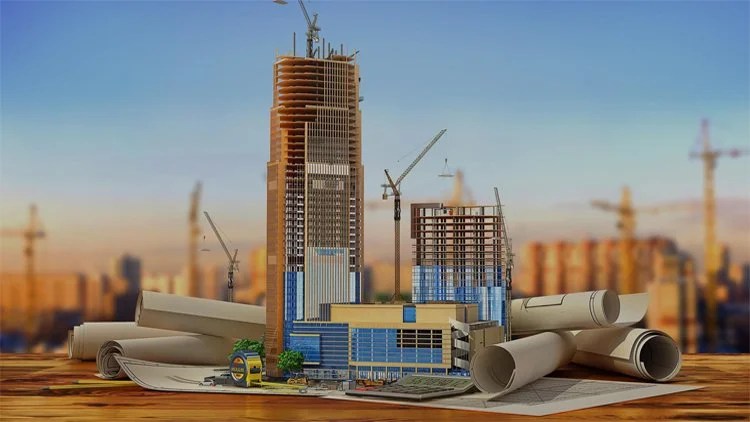
Capital Improvement Management
Capital improvement management is a topic that the average person has no idea how to approach.
Nonetheless, they need to figure out how to manage it so that the property looks like a well-cultivated and well-groomed representation of itself.
To make this process easier, we've compiled some advice for managing capital improvements in your portfolio.
Why Capital Improvement Management is Important
Capital improvement management (CIM) is a process that helps municipalities identify and prioritize capital projects.
This can help reduce the amount of money that must be spent on unnecessary or duplicate projects and also help municipalities save money on construction costs.
There are a few reasons why CIM is so important.
- First, it can help municipalities save money on infrastructure repairs and replacements.
- Second, it can help municipalities save money on new construction projects.
- Finally, CIM can help municipalities manage their resources by ensuring they spend their money on the right projects.
If you're interested in learning more about CIM or want to learn how to implement it in your municipality, contact us!
What Are the Three Types of Capital Improvements?
There are three types of capital improvements:
Physical Infrastructure:
This refers to constructing or renovating roads, bridges, airports, schools, etc.
Information Technology Infrastructure:
This includes installing new computer systems and networks, upgrading old ones, and building new data centers.
Human Resources Infrastructure:
This includes hiring new employees, training them, and providing benefits such as healthcare.
